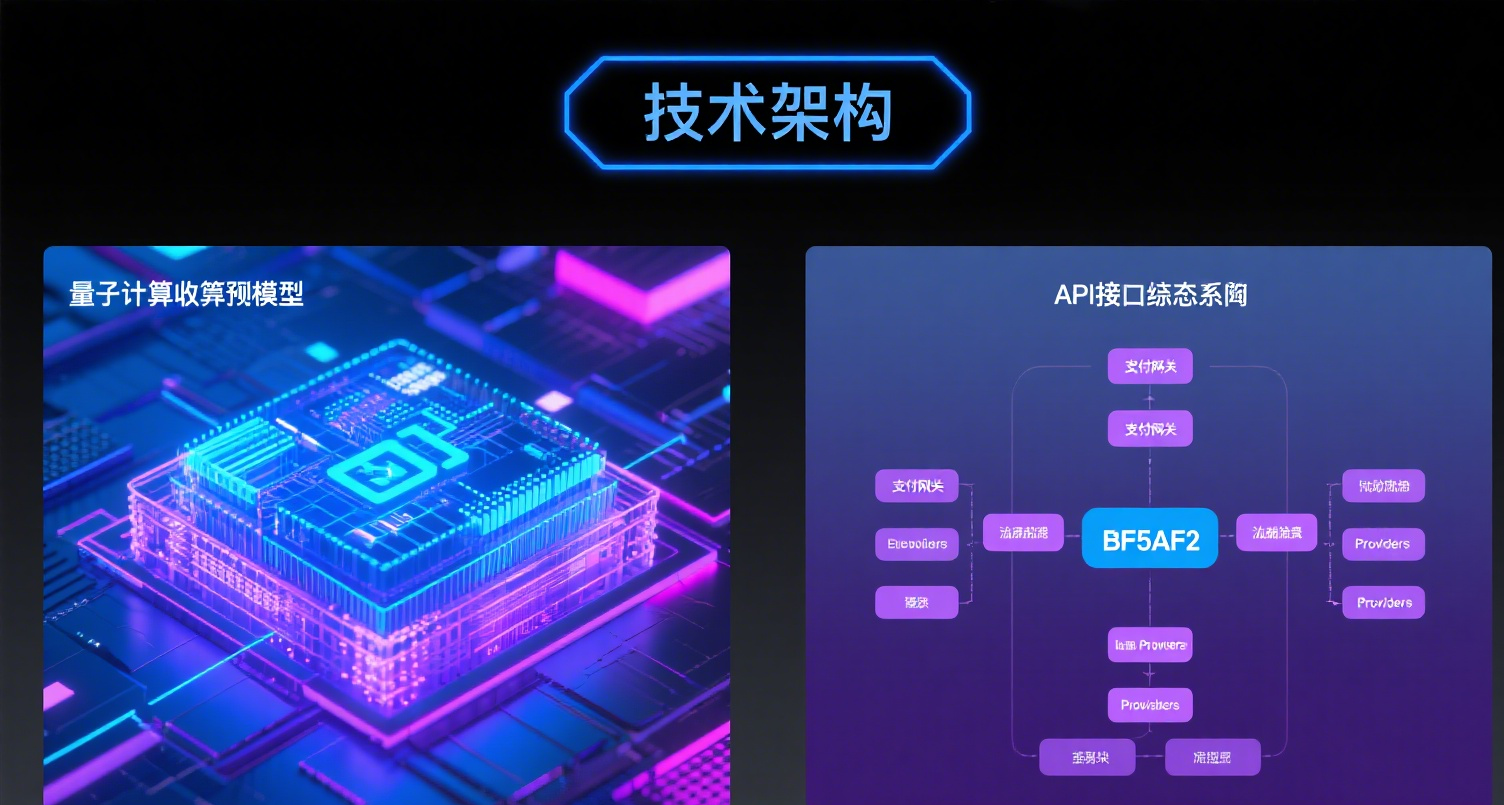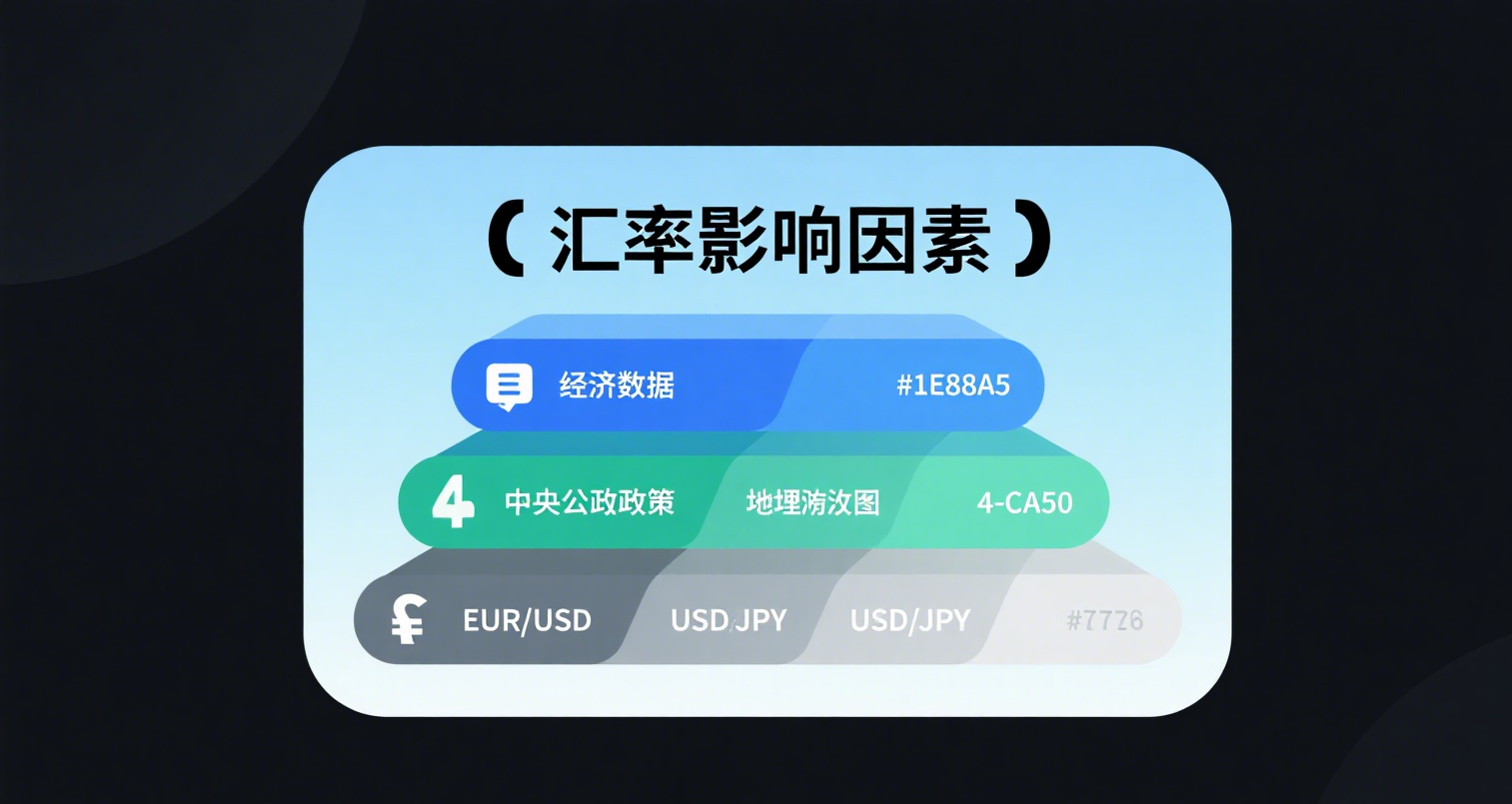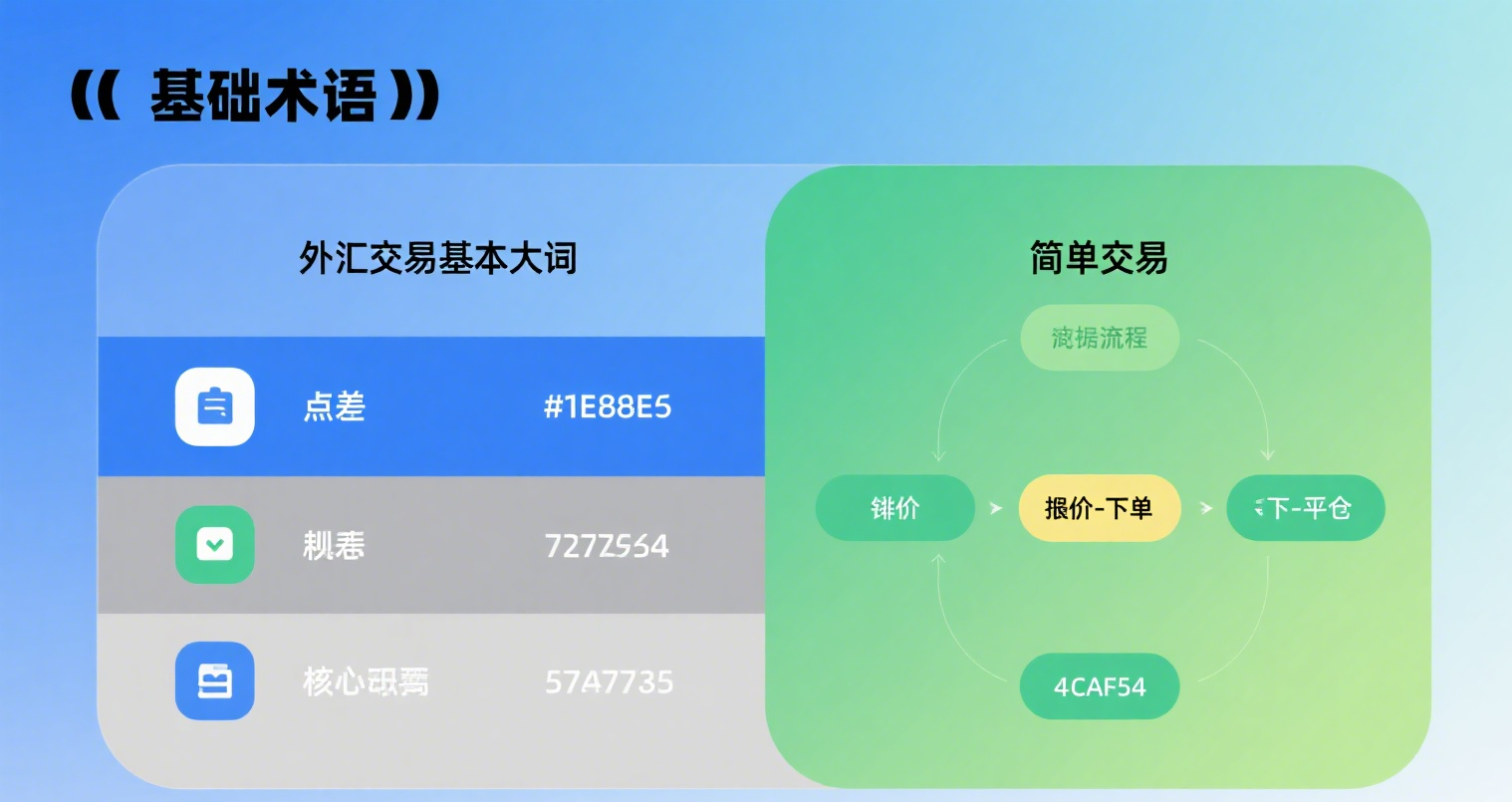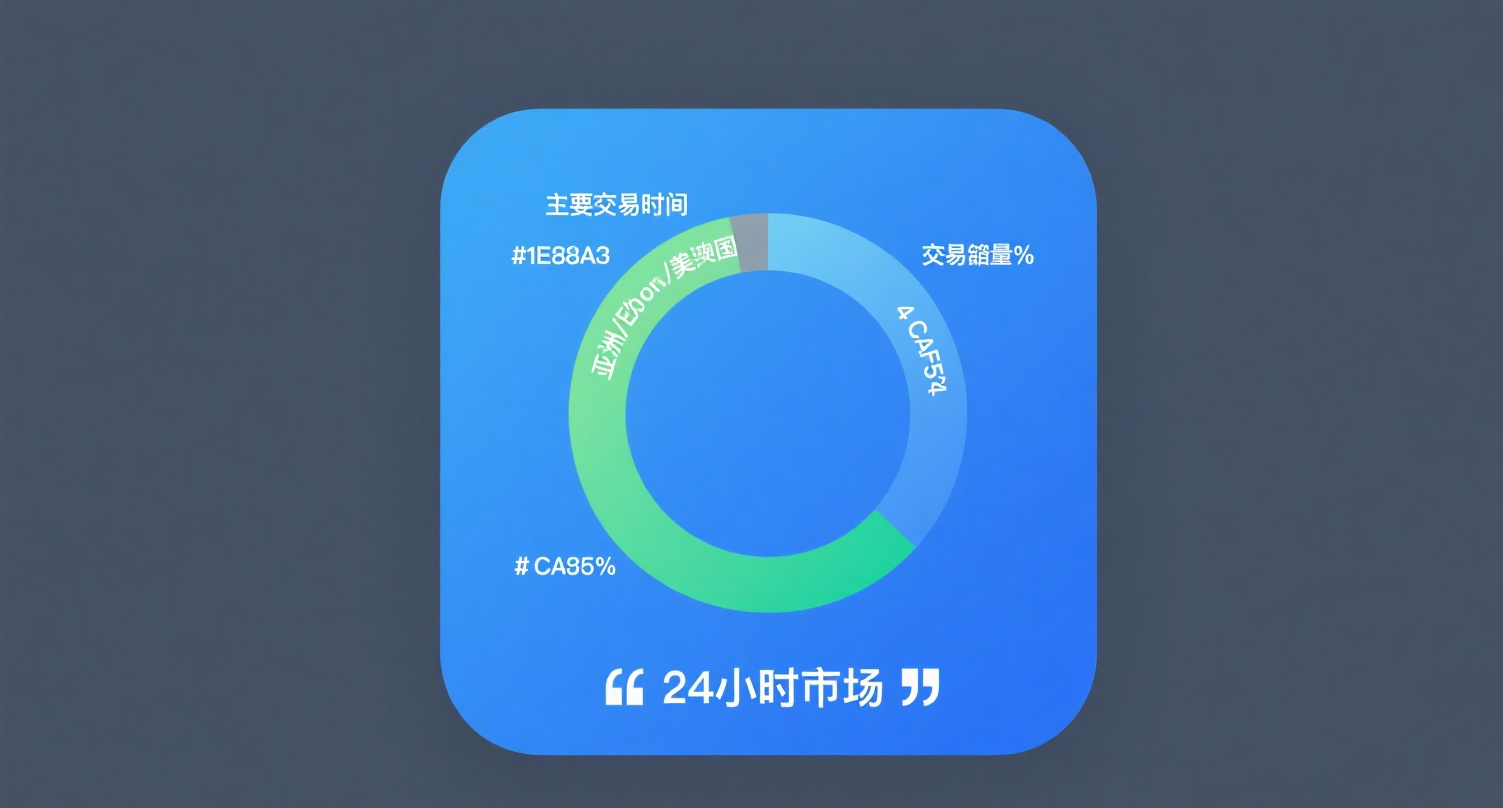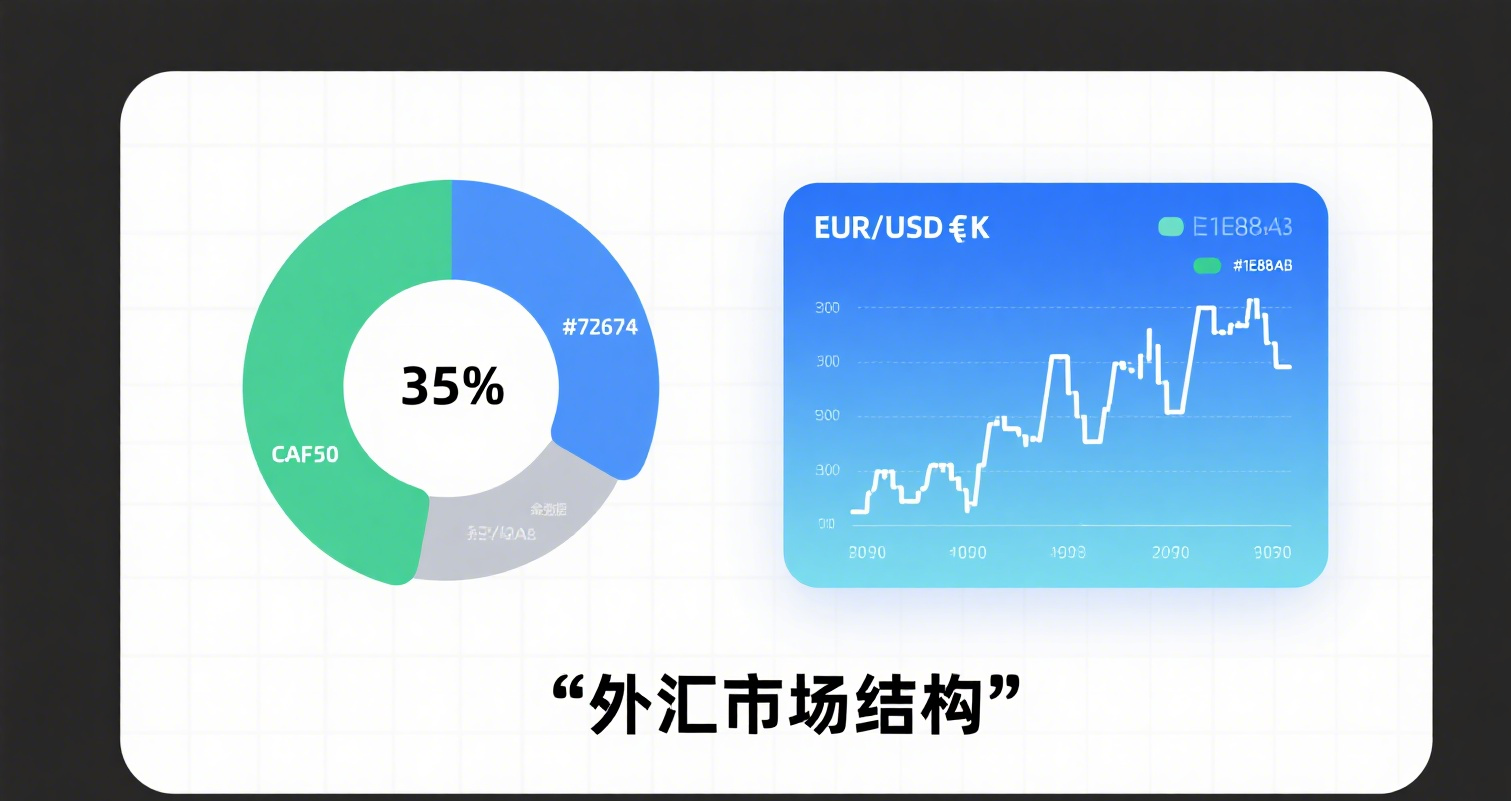
Among the many emerging use cases of blockchain technology, digital identity management and verification may be one of the most promising applications. In 2018 alone, billions of people worldwide were affected by personal data breaches. Undeniably, we need more secure methods to store, transmit, and verify sensitive information. In this context, blockchain systems may offer valuable solutions to the challenges faced by centralized databases.
How can blockchain technology be applied to digital identity systems?
At its core, when a document is written into a blockchain system, the authenticity of the information is confirmed by the nodes maintaining the network. In other words, the validity of all information is supported by the "ordered assertions" of multiple users.
In this scenario, network nodes can be controlled by legal entities or government agencies responsible for confirming and verifying recorded electronic data. Essentially, each node can "vote" on the authenticity of the data, and if the security level is sufficiently high, these verified documents can be used as official records.
The Role of Cryptography
It is crucial to recognize that blockchain-based identity systems do not require the direct or explicit sharing of sensitive information. Instead, electronic data can be shared and authenticated through cryptographic methods such as hash functions, digital signatures, and zero-knowledge proofs.
Through hashing algorithms, any document can be converted into a hash value—a long string of characters representing all the information contained within it at the time of creation, much like a digital fingerprint. Most importantly, government agencies or other trusted organizations can use their digital signatures to grant official validity to documents.
For example, a citizen can provide their personal documents to a legal authority to generate a unique hash value (digital fingerprint). The authority can then create a digital signature to verify that hash, effectively making it a formal document.
Additionally, zero-knowledge proof technology allows for the sharing and authentication of credentials or identity information without revealing any underlying data. This means that even encrypted information can have its authenticity verified. For instance, you could use a zero-knowledge proof to demonstrate that you are of legal driving age or meet age restrictions for entering a club—without disclosing your actual age.
Self-Sovereign Identity
Self-sovereign identity refers to a model where each user has full control over their personal data, which can be stored in a personal wallet (similar to a cryptocurrency wallet). In this case, individuals can autonomously decide when and how to share their information with others. For example, a user could store their credit card credentials in their personal wallet and use their private key to complete transactions and send certificate information. This way, they can prove whether they are the actual owner of the credit card.
Although blockchain technology is primarily used for storing and transacting digital currencies, it can also be applied to sharing and verifying personal documents and signatures. For instance, someone recognized by a government agency as an accredited investor could use a zero-knowledge proof protocol to convey this fact to a broker for verification. Ultimately, the broker could confirm the investor's eligibility without accessing their net worth or income details.
Potential Advantages
The adoption of cryptography and blockchain technology in digital identity offers two major advantages. First, users gain greater control over how and when their personal data is used, significantly reducing the risks associated with storing sensitive information in centralized databases. Simultaneously, blockchain networks can enhance privacy through cryptographic systems. As mentioned earlier, zero-knowledge proof protocols can validate document authenticity without exposing detailed information.
Another advantage is that blockchain-based digital identity systems are more reliable than traditional methods. For example, verifying user authenticity via digital signatures is relatively straightforward. Moreover, blockchain systems make data tampering more difficult, thereby effectively protecting information security.
Potential Drawbacks
Like many other use cases, applying blockchain technology to digital identity systems still faces several challenges. Currently, the biggest challenge is the system's vulnerability to malicious attacks such as synthetic identity fraud.
A synthetic identity combines valid information from different individuals to create a completely fake identity. Since each piece of information used to construct this fake identity is real, some systems may mistakenly recognize the synthetic identity as genuine. This type of attack is widely used by criminals in credit card fraud.
However, digital signatures can effectively address this issue, as forged composite documents would not be recorded on the blockchain. For instance, a government agency could provide individual digital signatures for each document while also generating the same signature for all documents registered to the same person.
Another drawback is the possibility of a 51% attack, which is more likely to occur in smaller blockchain networks. A 51% attack could lead to blockchain rollbacks, altering transaction records. This issue is particularly concerning in public blockchains where anyone can join, whereas private blockchains can mitigate such attacks since nodes are operated by trusted entities. However, private blockchains also imply greater centralization and less democratization.
Conclusion
Despite its limitations and drawbacks, blockchain technology holds significant potential to transform how information is verified, stored, and shared. Although many companies and startups are exploring blockchain's capabilities, there is still much work to be done. In the coming years, we will see more services focused on digital identity management emerge, with blockchain technology at their core.










